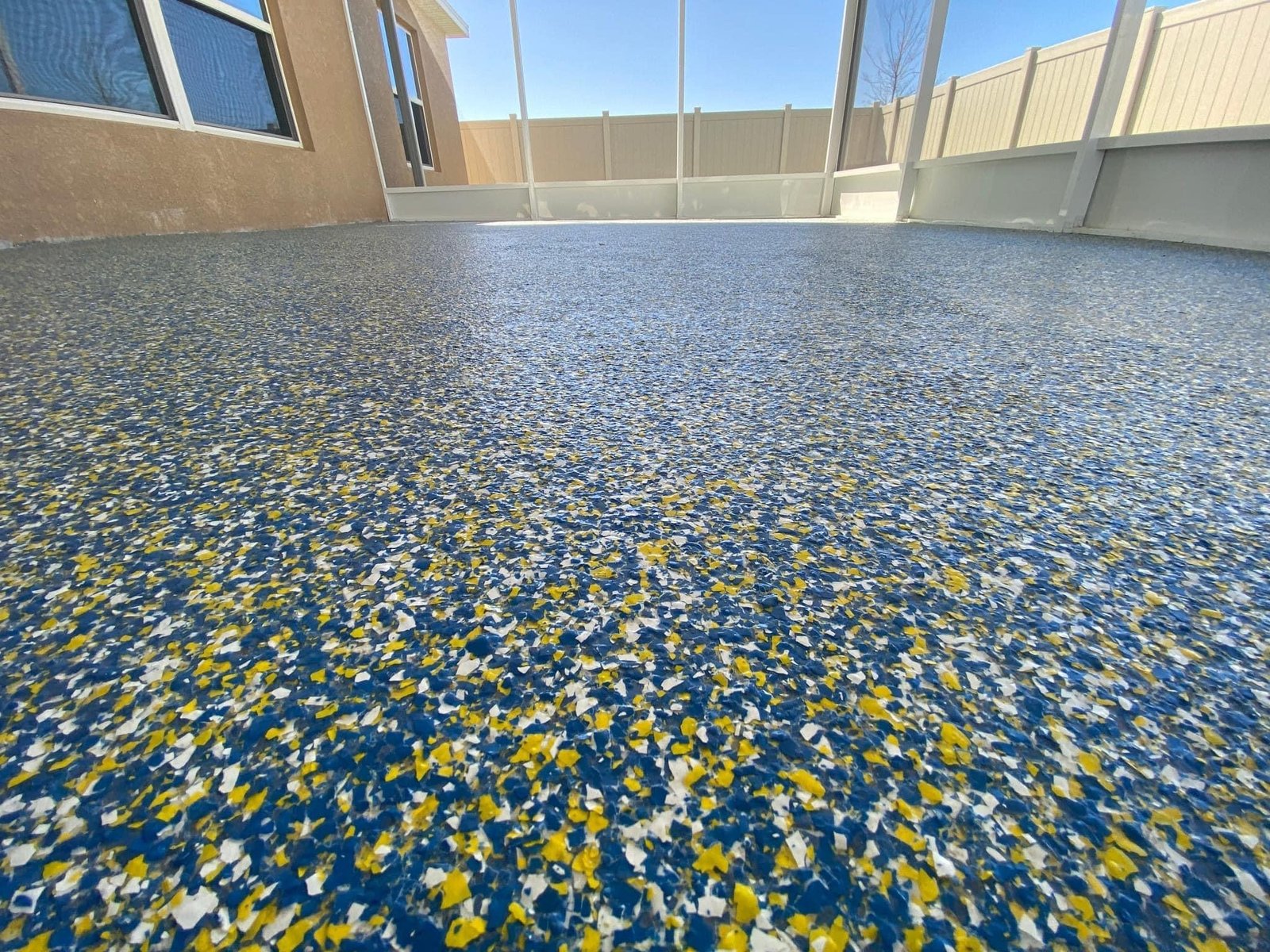Floor Repair: Tips, Techniques, and Cost Considerations
Floor repair is a crucial aspect of maintaining your home or commercial space. Whether you’re dealing with hardwood, laminate, tile, or concrete floors, timely repairs can prevent further damage and enhance the aesthetic appeal of your property. This guide covers everything you need to know about floor repair, from identifying common issues to DIY fixes and when to call in professional help.
Common Types of Floor Damage
1. Scratches and Scuffs
- Causes: Furniture movement, pet claws, abrasive materials.
- Repair: Buffing, sanding, and applying finish coats for wood; using touch-up kits for laminate and vinyl.
2. Water Damage
- Causes: Leaks, spills, flooding.
- Repair: Drying out affected areas, replacing damaged sections, sealing to prevent future issues.
3. Cracks and Chips
- Causes: Impact damage, heavy objects dropping.
- Repair: Filling with epoxy or resin, patching with new material if necessary.
4. Warping and Buckling
- Causes: Moisture infiltration, poor installation.
- Repair: Identifying and addressing underlying moisture issues, replacing damaged sections.
DIY Floor Repair Techniques
1. Wood Floors
- Scratches: Use wax sticks or wood filler matched to your floor color.
- Water Damage: Sand affected area, apply new finish coats.
- Cracks: Fill with wood filler, sand smooth, and refinish.
2. Tile Floors
- Cracks: Remove grout, replace cracked tile, re-grout.
- Loose Tiles: Re-adhere with tile adhesive.
3. Laminate Floors
- Scratches: Use repair kits with laminate putty or markers.
- Water Damage: Replace damaged planks, ensuring edges are sealed.
4. Concrete Floors
- Cracks: Clean out, fill with epoxy or concrete patching compound.
- Sealing: Apply concrete sealer to prevent moisture penetration.
When to Call a Professional
While many floor repairs can be tackled as DIY projects, certain situations warrant professional expertise:
- Extensive Damage: Large areas of damage requiring specialized tools and skills.
- Structural Issues: Floor problems linked to underlying structural issues.
- Complex Materials: Repairing exotic hardwoods, intricate tile patterns, or industrial concrete floors.
FAQs
Q1: How much does floor repair typically cost?
Costs vary widely based on the type of flooring and the extent of damage. Simple scratch repairs can be inexpensive, while replacing entire sections of flooring can be more costly.
Q2: Can I repair water-damaged floors myself?
For minor water damage, DIY repairs may suffice. However, extensive or recurring water damage often requires professional assessment and repair to prevent mold and structural issues.
Q3: Is DIY floor repair safe for all types of flooring?
It depends on your skill level and the type of damage. Some repairs, like minor scratches on laminate floors, are safe for DIY. For more complex issues or delicate materials, consulting a professional is advisable.
Conclusion
Understanding the basics of floor repair empowers homeowners and property managers to maintain their floors effectively. Whether you opt for DIY solutions or enlist professional help, prompt attention to floor issues ensures longevity and visual appeal for your space. By following this guide, you can tackle common floor problems with confidence and preserve the beauty of your floors for years to come.









